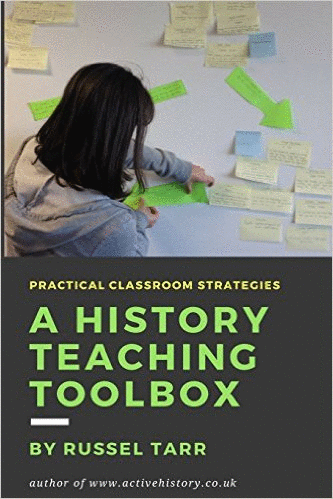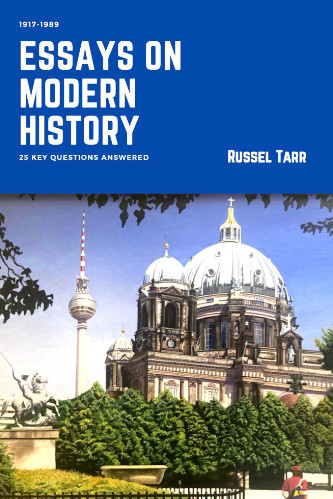Transform your history classroom
ActiveHistory provides educational, award-winning interactive simulations, decision-making games, self-marking quizzes, high-quality worksheets and detailed lesson plans for the school history classroom. All resources have been designed by full-time history teacher Russel Tarr.
An ActiveHistory subscription provides everything you need to construct and deliver a History course from start to finish for the entire 11-18 age range!
These consist not just of lesson plans, worksheets and teacher notes, but also multimedia lectures and interactive games and historical simulations ideal for remote learning and self-study.
A series of politics worksheets, lesson plans and interactive resources for school students.
This unit is designed to address the issue of political ideologies. It is designed for students at Year 10/11 (aged 14-16).1. Assembly Presentation: What is Politics? Why are so many people not interested in it and why is this worrying? 2. Computer Simulation: Are you Left- or Right-Wing? |
Western democracy in a nutshell? - an interesting discussion starter! |
3. Assembly Presentation: Reflection on the Results
This assembly encourages students to reflect on what it actually means to be Left- or Right-Wing, and the difficulties of determining exactly 'how far' you can describe yourself as Left- or Right-Wing given the fact that some policy areas are of far more concern to some people than others.
4. Extension Task: Should the computer simulation provide a 'middle way' option?
This extension task provides two points of view from different (real!) teachers. One of them argues that the computer simulation is too simplistic in its provision of only two possible options for each policy area (Left and Right). The other teacher argues that the simulation is actually an accurate (and even more flexible) representation of real-life politics. Students should debate as a group which point of view they agree with most.
5. Design your 'ideal state'
In this lesson, students take the ideas and principles they are now familiar with and use these to design an 'ideal state' by considering such things as the ideal age for voting, the benefits and disadvantages of having a monarchy, and so on. Plenty of room here for group work and spirited debate!
6. Extremist political ideologies
This worksheet questionnaire develops from the earlier work on Left- and Right-Wing ideologies by getting students familiar with Fascist and Communist views on the same policy areas. There is a completed teacher version available.
7. Voting Systems: Which is the most truly democratic?
This stand-alone assembly resource was something I put together when the school was preparing to hold student council elections. It highlights some of the essential problems with the whole nature of democracy and how votes should be interpreted.

© 1998-2025 Russel Tarr, ActiveHistory.co.uk Limited (Reg. 6111680)
1 Torrin Drive, Shrewsbury, Shropshire, SY3 6AW, England
Privacy Policy | Contact






